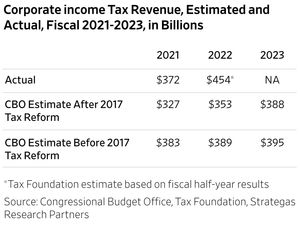The European Union’s antitrust bureaucrats demur from Apple’s seeming dominance in the no-contact payment market, and they may or may not have a case. They don’t, though, have one based on this sham argument from EU Executive Vice President Margrethe Vestager, who also serves at the EU’s Executive Vice President of the European Commission for A Europe Fit for the Digital Age (because if the title is long enough the incumbent can be made to feel important enough):
Apple has built a closed ecosystem around its devices and its operating system. Apple controls the gates to this ecosystem, setting the rules of the game for anyone who wants to reach consumers using Apple devices.
That’s kind of the purpose of copyrights and patents—allowing the inventor or developer of the product to control its use. In addition to which, no one is required to use Apple products to do contactless paying—or even to make telephone calls.
Neither does Apple control the ecosystem of contactless paying—it only controls its own devices, which have a, not the, contactless paying capability.

